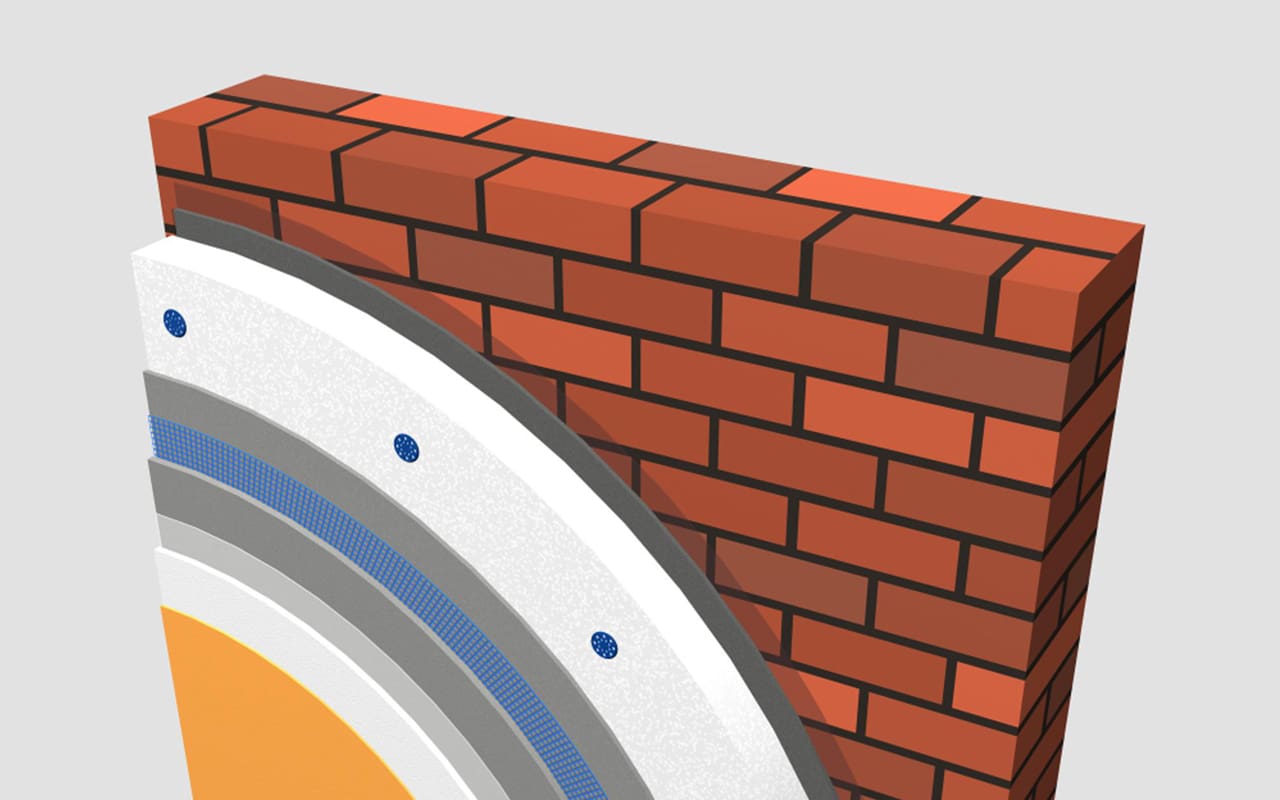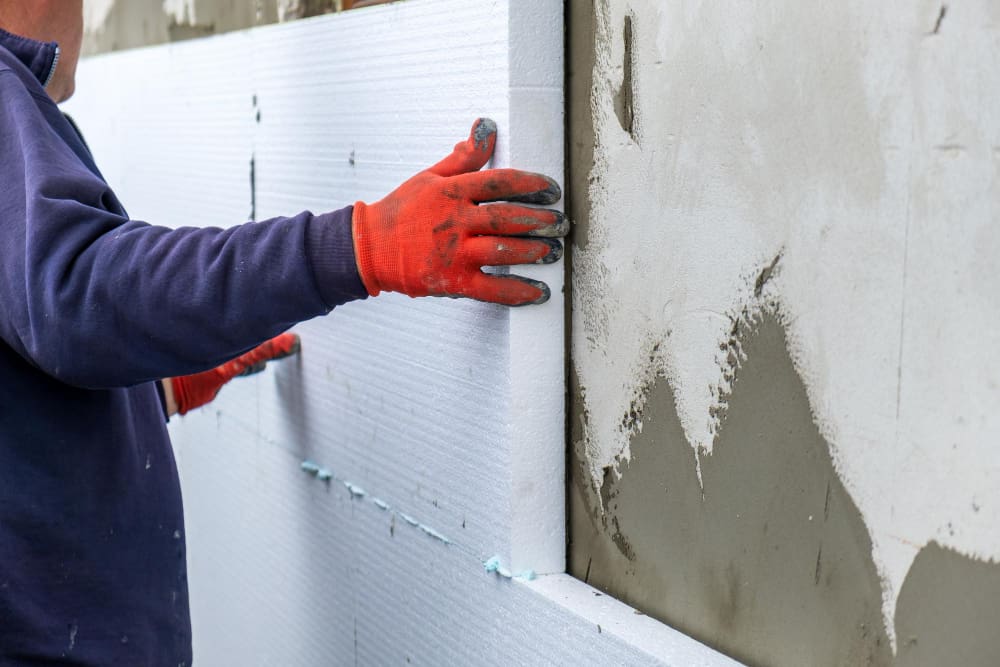
Double Glazing or Wall Insulation
In this instalment of our Home Insulation series we look at how wall insulation and double glazing work together
A well-insulated home is a key factor in reducing energy consumption and creating a comfortable living environment. While double glazing is a popular choice for enhancing window insulation, wall insulation plays an equally crucial role in maintaining a consistently cozy indoor atmosphere. Let’s delve into the specifics of each method and understand how they work together to create a more energy-efficient and sustainable home.
Understanding Double Glazing
Recap of Double Glazing Benefits
As discussed earlier, double glazing offers a range of benefits that make it a popular choice for home insulation. Let’s recap some of these advantages:
Improved Energy Efficiency: Double glazing reduces heat loss and heat gain, leading to more efficient temperature regulation within your home and lower energy consumption.
Enhanced Thermal Comfort: By minimising cold spots near windows, double glazing provides a more comfortable living environment throughout the year.
Noise Reduction: The air or gas-filled gap between the glass panes acts as a sound barrier, reducing external noise infiltration and creating a quieter interior space.
Condensation Control: Double glazing significantly reduces condensation on the interior window surfaces, mitigating the risk of mould and dampness.
Increased Property Value: Homes with double glazing are often more attractive to buyers due to their energy-saving features, potentially boosting the property’s value.
Materials Commonly Used in Double Glazing
To ensure effective insulation and durability, various materials are used in the construction of double glazing units:
Glass: High-quality glass with low emissivity (low-E) coatings is commonly used to minimize heat transfer and improve energy efficiency.
Spacer Bars: The spacer bars around the edges of the glass panes are typically made of aluminum, stainless steel, or composite materials, maintaining the gap between the panes.
Insulating Gas: The space between the glass panes is filled with an insulating gas, such as argon, krypton, or xenon, to further reduce heat transfer.
Sealing Material: Specialised materials ensure the double glazing unit is hermetically sealed, preventing air or gas leakage and ensuring long-term effectiveness.
Exploring Wall Insulation
Definition and Benefits of Wall Insulation
Wall insulation involves adding an extra layer of thermal protection to the walls of a building. This insulation material minimizes heat transfer through the walls, reducing energy loss and improving indoor temperature regulation. The benefits of wall insulation include:
Enhanced Energy Efficiency
By preventing heat loss through walls, wall insulation helps maintain a consistent indoor temperature and reduces the need for artificial heating and cooling.
Increased Comfort
Proper wall insulation ensures a comfortable living space, with fewer cold spots and drafts.
Noise Reduction
In addition to its thermal properties, wall insulation can also contribute to reducing noise infiltration, creating a quieter environment indoors.

How Wall Insulation Works in Conjunction with Double Glazing
Double glazing and wall insulation complement each other, working in tandem to create an energy-efficient and comfortable home. While double glazing focuses on enhancing window insulation, wall insulation addresses heat loss through the walls, which can account for a significant portion of overall energy loss in a building.
When both methods are applied, the overall thermal performance of the home improves, resulting in:
- Better Temperature Regulation
The combined effect of double glazing and wall insulation helps maintain a stable indoor temperature, reducing the need for frequent adjustments to heating or cooling systems.
- Reduced Energy Consumption
By preventing heat loss from both windows and walls, the reliance on artificial heating and cooling is minimized, leading to energy savings and lower utility bills.
Best Applications for Wall Insulation
Wall insulation can be applied in homes with either cavity walls or solid walls. In cavity walls, insulation material is injected into the gap between the inner and outer layers of the wall, while solid walls can be insulated internally or externally.
Combining Both Methods for Maximum Benefits
The synergy of double glazing and wall insulation provides a holistic approach to home insulation, addressing two key areas of energy loss. Homeowners seeking optimal thermal performance and reduced energy consumption can benefit from combining both methods. Whether in new constructions or retrofitting existing properties, the integration of double glazing and wall insulation can significantly enhance the overall comfort, energy efficiency, and environmental sustainability of a home.